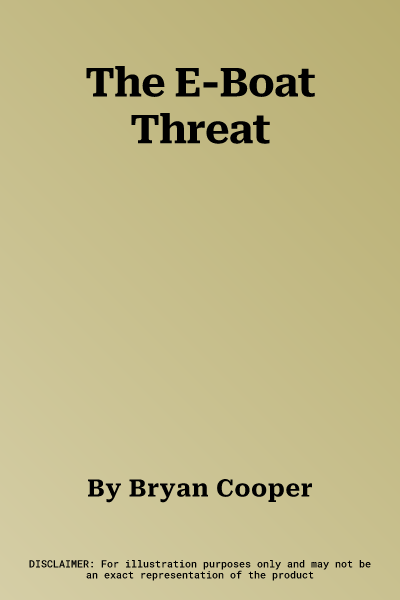One of the major lessons of World War II was the importance of coastal
waters. It was not widely recognized beforehand just how vital the
control of such waters would become, both in defending essential convoys
as well as attacking those of the enemy, and in paving the way for
amphibious landings.
While land based aircraft could carry out offshore operations by day and
destroyers and cruisers patrolled deeper waters, the ideal craft for use
in coastal waters were motor boats armed with torpedoes and light guns.
But with the exception of Italy, none of the major powers had more than
a handful of these boats operational at the outbreak of war.
From a small beginning, large fleets of highly maneuverable motor
torpedo boats were built up, particularly by Britain, Germany and the
USA. They operated mainly at night, because they were small enough to
penetrate minefields and creep unseen to an enemy's coastline and fast
enough to escape after firing their torpedoes. They fought in every
major theater of war, but the first real threat came in the North Sea
and English Channel from German E-boats, crossing to attack Britains
vital convoys. Ranged against them in the battle of the little ships
were British MTBs and MGBs and, later, American PT boats. They often
fought hand to hand at closer quarters than any other kind of warship in
a unique conflict that lasted right to the end of the war.
The E-boat Threat describes the development of these deadly little
craft, the training of their crews who were usually volunteers and the
gradual evolution of tactics in the light of wartime experience. Methods
of defense are also related, which included the use of aircraft and
destroyers as well as motor gunboats, sometimes acting under a unified
command.

